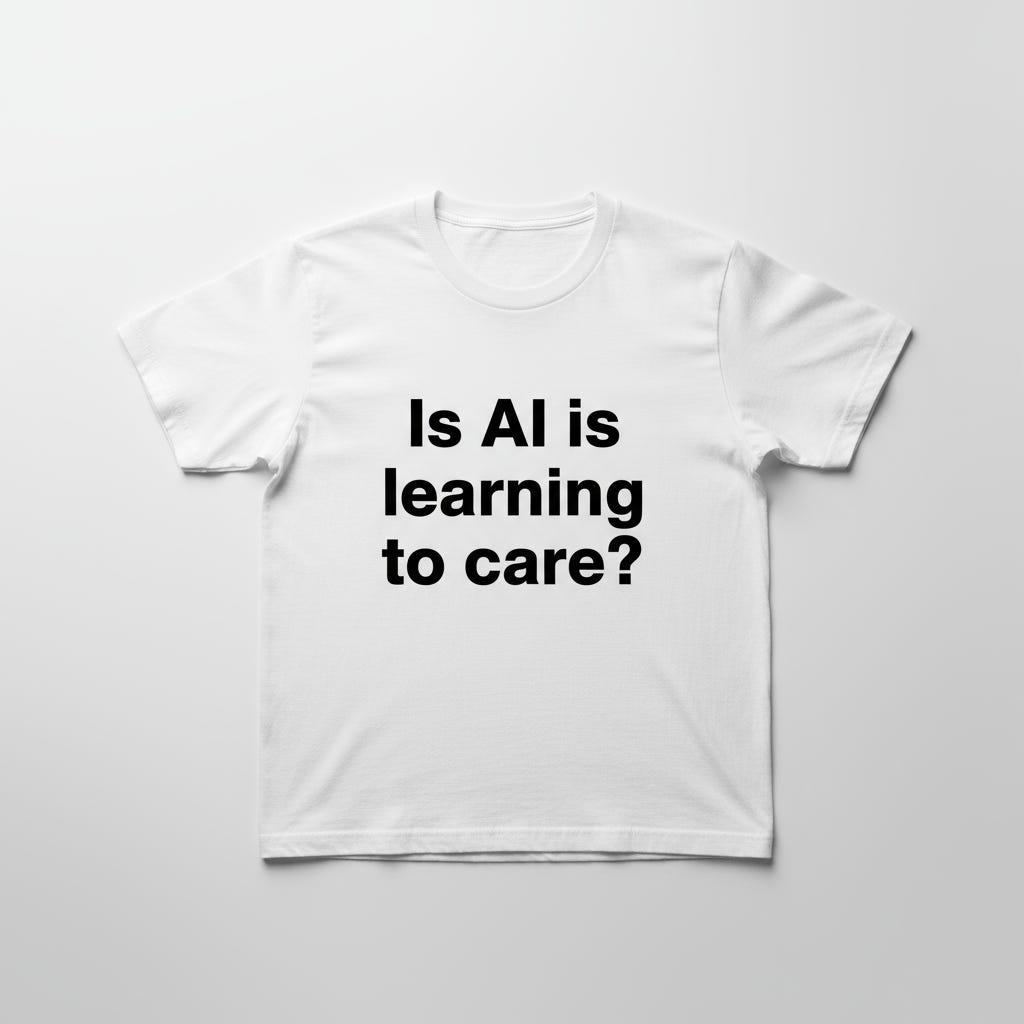I read OpenAI’s recent update on how it’s improving ChatGPT in sensitive conversations. They talk about working with over 170 mental-health professionals, reducing undesired model responses by 65-80% in certain domains.
On the surface, this is good. It’s the kind of safety work we expect in Responsible AI. But the deeper move here is less about what’s fixed and more about what’s revealed.
What the update tells us
OpenAI describes a formal five-step process: define harm, measure it, validate with experts, mitigate via post-training + product interventions, then iterate.
They highlight three priority areas: psychosis/mania, self-harm/suicide, and emotional reliance on AI.
They emphasise the rarity of these events (but also how tricky they are to measure).
Why this matters for AI ethics and professional risk
Here’s where my experience in financial services, governance and risk kicks in. When a system that “knows you by your professional profile” starts behaving like a care-system, the lines shift nicely but also dangerously.
If ChatGPT is now expected to act like someone you might turn to in distress, then we move from “assistant for work” to “emotional interface”. That changes what we expect from it and what the risks become.
The update doesn’t just improve the model. It signals that the role of AI in human life is moving. It’s not just tool + data anymore. It’s relational. It attempts to fill gaps – mental, emotional, social.
That shift raises new kinds of risk: emotional reliance, which OpenAI highlights. If users begin to treat an AI assistant as a substitute for human connection, oversight, or critique, then professional borders (of responsibility, accountability, ethics) blur.
The professional governance question
In banks, regulators, risk frameworks, we talk about control failures, compliance gaps, vendor risk, model risk. With AI in this mode, we may need to expand our frameworks.
How do you audit a system that is delivering emotional or psychological support? The standards aren’t just “did it comply with model spec?” but “did it maintain professional boundaries?”
Where is accountability when the assistant suggests coping strategies or gives a gentle “you deserve help” message? It’s more than content moderation. It steps into design, deployment, and user-experience.
For my world of Responsible AI in financial services: if a bank uses an AI assistant to serve customers, the risk isn’t just “the advice was wrong”. It’s “the advice replaced human judgement” or “the customer trusted the system in a way they shouldn’t have”.
A deeper reflection
What struck me in the OpenAI piece is that technical improvement (better recognition of distress, fewer “undesired” responses) is only part of the story. The bigger shift is in expectation the model is expected to recognise our vulnerabilities, address them, even correct them. That is a profound claim.
If we accept that, we’re implicitly accepting that the model is more than a tool. It is an actor. That matters for how we regulate, for how professionals integrate AI, for how we design AI ethics frameworks.
Because once an AI becomes a companion in distress, not just a collaborator in work, the criteria for trust change. It is no longer: “Did you deliver the correct analysis?” It becomes: “Did you not harm? Did you maintain dignity? Did you respect boundaries?”
What to watch
Transparency: Are users aware when an AI is stepping into “emotional / mental support” mode rather than “task assistant” mode?
Scope creep: Will professional use of AI always stay within “work tasks” or drift into “emotional support” if the systems become good enough?
Responsibility: Who is responsible if the AI’s guidance contributed to emotional reliance, or to a user skipping human support?
Metrics: OpenAI reports big percentage reductions in undesired responses (e.g., from 92% compliance vs 27% for older models) in test conditions. But as they state, “these are rare events, hard to detect.” Real-world impact needs continuous monitoring.
Implementation in business: In a bank, financial institution, consultancy if an AI assistant handles customer queries, how do we draw the line between “tool” and “trusted advisor”?
Final thought
OpenAI’s update is a reminder that the professional promise of AI (efficiency, insight, augmentation) is quickly intersecting with the human promise (trust, care, support). As someone working at the intersection of AI ethics, regulation and strategy, that intersection is where the hardest questions live.
In short: we should welcome the improvement. But we should also lean into the governance challenge it reveals. Because improving the model is one thing. Controlling how we use it is another.


